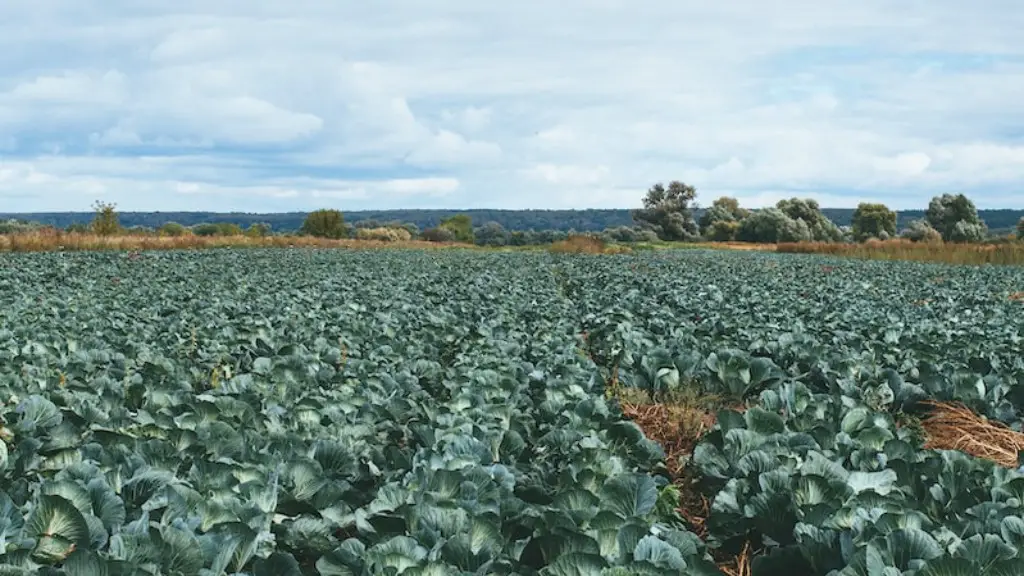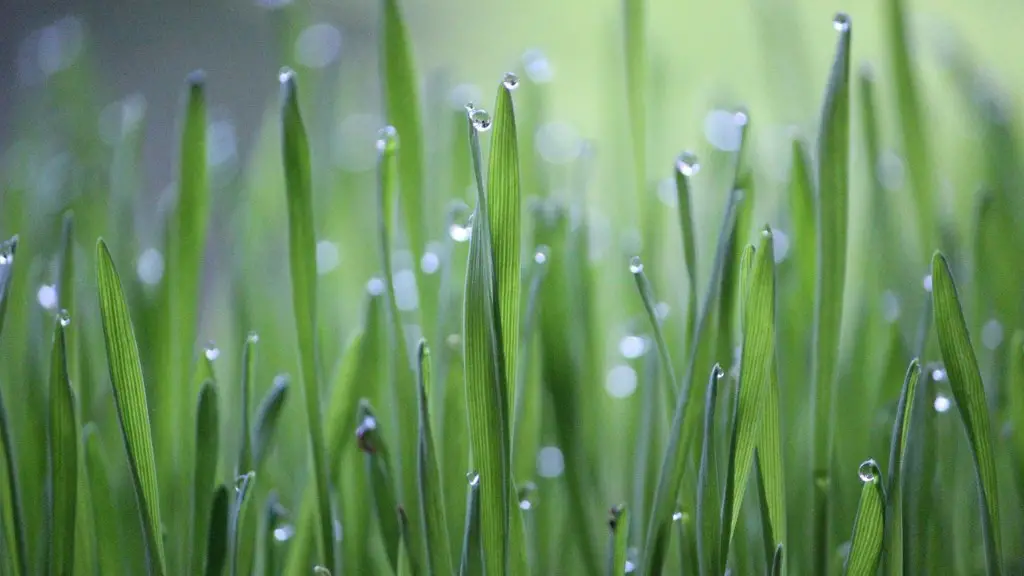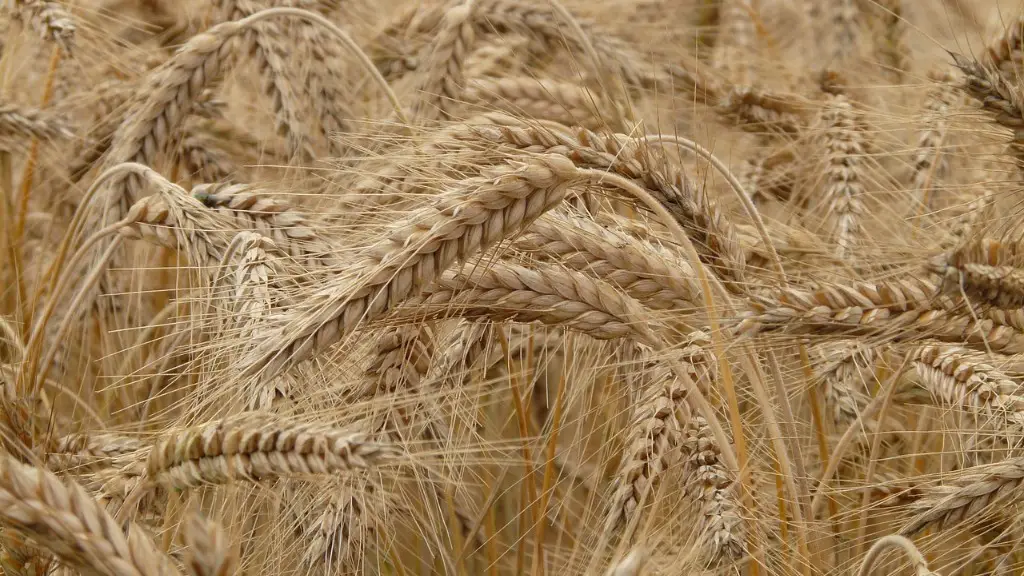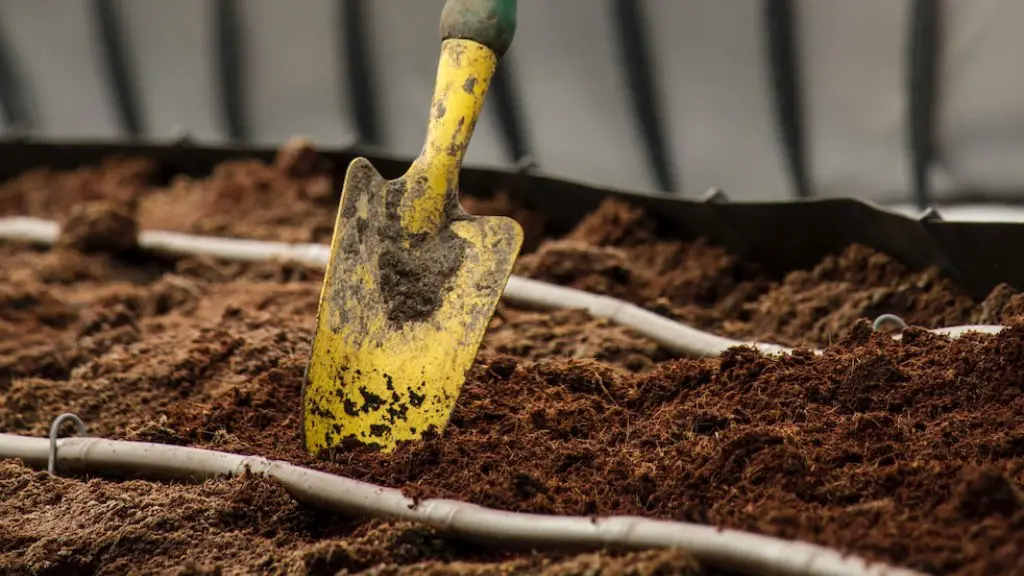Hydroponics is a form of agriculture that allows plants to be grown without soil. It utilizes a mixture of nutrients, water, and in some cases, light to provide a healthy and efficient growing environment for plants. Hydroponic gardening is very versatile and can be used anywhere, from small, indoor setups to large outdoor farms, making it an attractive option for a wide variety of applications. Hydroponic gardening is a great way to produce plants quickly and with fewer resources than traditional soil-based farming. It is an especially attractive option for gardeners who may not have access to a good soil source, since hydroponic growing systems do not need soil to function.
The essential components of a hydroponic system are the nutrient solution, the growth medium, and the water. A nutrient solution is used as the primary source of nutrition for the plants. This mixture usually contains macro and micronutrients, like nitrogen, phosphorus, and potassium, as well as additional trace elements that are essential for plant growth and health. The growth medium is what the plant roots will be supported in, and this often consists of inert materials like expanded clay pellets, vermiculite, and perlite. The water is what helps to deliver the nutrient solution to the plants.
Hydroponic gardening has several advantages compared to traditional soil-based growing methods. Since the plants aren’t reliant on soil, they take up less space and can be grown in any environment, regardless of the presence or absence of soil. In addition, since a hydroponic system uses only a fraction of the water used in soil-based gardening, it is a much more water-efficient method of gardening. Hydroponic systems can also be completely automated, so the gardener doesn’t need to constantly monitor the nutrient solution and water levels. The nutrients in a hydroponic system can also be optimized for the particular type of plant being grown, allowing for greater control of the plants’ environment.
Hydroponic gardening can be a great choice for those looking for a quick, easy and efficient way to grow plants. Hydroponic gardens can also be set up indoors, providing an added level of convenience for those with limited outdoor space. If you’re looking for a way to jump into the world of gardening without the fuss of growing in soil, hydroponic gardening could be the perfect choice for you.
Overall, hydroponics is a great option for gardeners looking for a way to produce plants with fewer resources. The flexibility of the systems and the ability to optimize the nutrient solution for specific types of plants make hydroponic gardening an attractive option for gardeners of all experience levels.
Benefits of Hydroponics
Hydroponic gardens are incredibly beneficial, due to their water efficiency, automated maintenance, and space efficiency. Firstly, hydroponics makes efficient use of water, since the nutrient solution and water can be quickly and easily recycled. In some hydroponic systems, especially those using soilless mediums, water can be recycled indefinitely, eliminating the need to constantly add fresh water. Secondly, since hydroponics doesn’t rely on soil, it can take up much less space than traditional soil-based farming. This makes hydroponic gardening a great option for those with limited outdoor space, especially those in urban areas. Finally, hydroponic systems are typically very easy to maintain. Depending on the amount of automation used, many hydroponic systems require little more than a periodic water change.
Types of Hydroponic Systems
There are many different kinds of hydroponic systems, ranging from very simple to complex. The most basic type of hydroponic system is the wick system, which relies on the capillary action of a wick to deliver the nutrient solution to the plants. Other common types of hydroponic systems include the ebb and flow system, which utilizes a timer to periodically flood the roots of the plants with nutrient solution, and the nutrient film technique (NFT), which uses a shallow stream of nutrient solution to keep the roots of the plants in contact with the nutrients. There are also many other varieties of hydroponic systems, such as bubbleponics, deep water culture, and drip systems.
Setting Up a Hydroponic System
Setting up a hydroponic system is not difficult, and in some cases, can be done in a few hours. The first step is to choose the type of system that is best suited to your needs. The type of system will determine the equipment and supplies needed, as well as the size and shape of the system. Once the system is chosen, the next step is to purchase all the necessary supplies and equipment, such as pumps, tubing, reservoirs, and growth media. After all the supplies are purchased, the system can be assembled, the nutrient solution can be added, and the plants can be placed. Finally, the system needs to be monitored to ensure optimum conditions for the plants, and the nutrient solution needs to be changed periodically.
Common Challenges in Hydroponic Gardening
Despite the many advantages of hydroponic gardening, there are still some challenges that can arise. One of the most common problems is over-fertilization, or when too much fertilizer is added to the nutrient solution. Over-fertilization can lead to nutrient burn, which can stunt plant growth and result in poor yields. Other common problems include nutrient lockout, which can occur if the nutrient solution isn’t adequately circulated, and root problems, which can occur if the pH of the nutrient solution is not adequately controlled. Lastly, pest and disease infestations can also be an issue, and special care must be taken to prevent them.
Nutrients in Hydroponic Gardening
The nutrient solution in hydroponic gardening is the primary source of nutrition for the plants. The solution usually contains a mixture of macro and micronutrients, such as nitrogen, phosphorus, potassium, and trace elements. It is important to regularly monitor the nutrient solution to make sure it contains the correct levels of nutrients for optimum growth. The nutrient levels should also be adjusted periodically to make sure the plant is not getting too much or too little of any nutrient.
Hydroponic Lighting
Lighting is an important aspect of hydroponic gardening, as plants need light to photosynthesize and to fill out and prosper. Depending on the type of plants being grown, appropriate lighting needs to be supplied. For many common hydroponically grown plants, such as lettuces and herbs, natural sunlight is usually sufficient. For more demanding plants, such as tomatoes and peppers, special grow lights may be required to provide the necessary intensity of light.
Nutrient Blends in Hydroponics
Nutrient blends for hydroponic systems can be bought pre-made from a variety of sources, or they can be mixed at home using various nutrient additives. Many pre-made nutrient blends are optimized for specific types of plants, taking into account their requirements for macro and micronutrients. Additionally, it is possible to create custom nutrient blends to meet the specific needs of a particular crop. Although it is possible to mix a nutrient blend at home, it is important to understand the basic principles of plant nutrition and the specific requirements of the plants being grown in order to create an effective and balanced solution.



